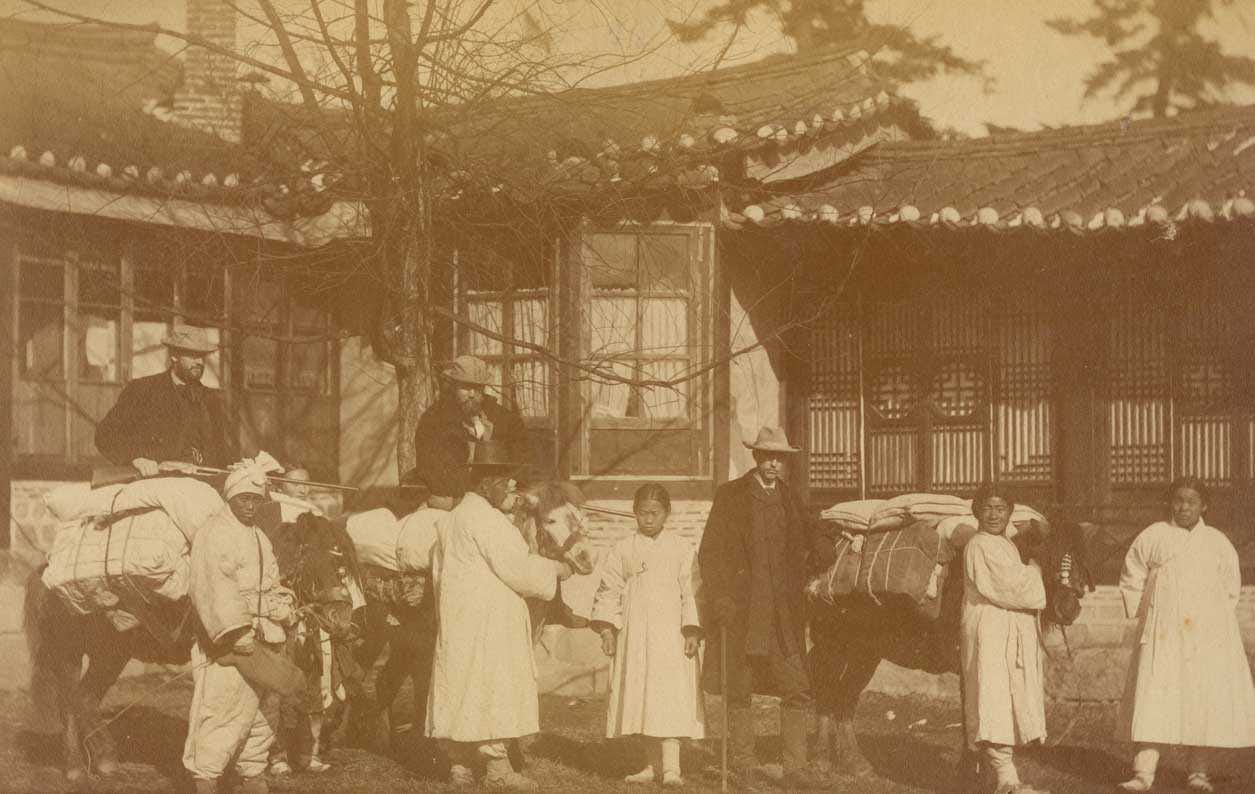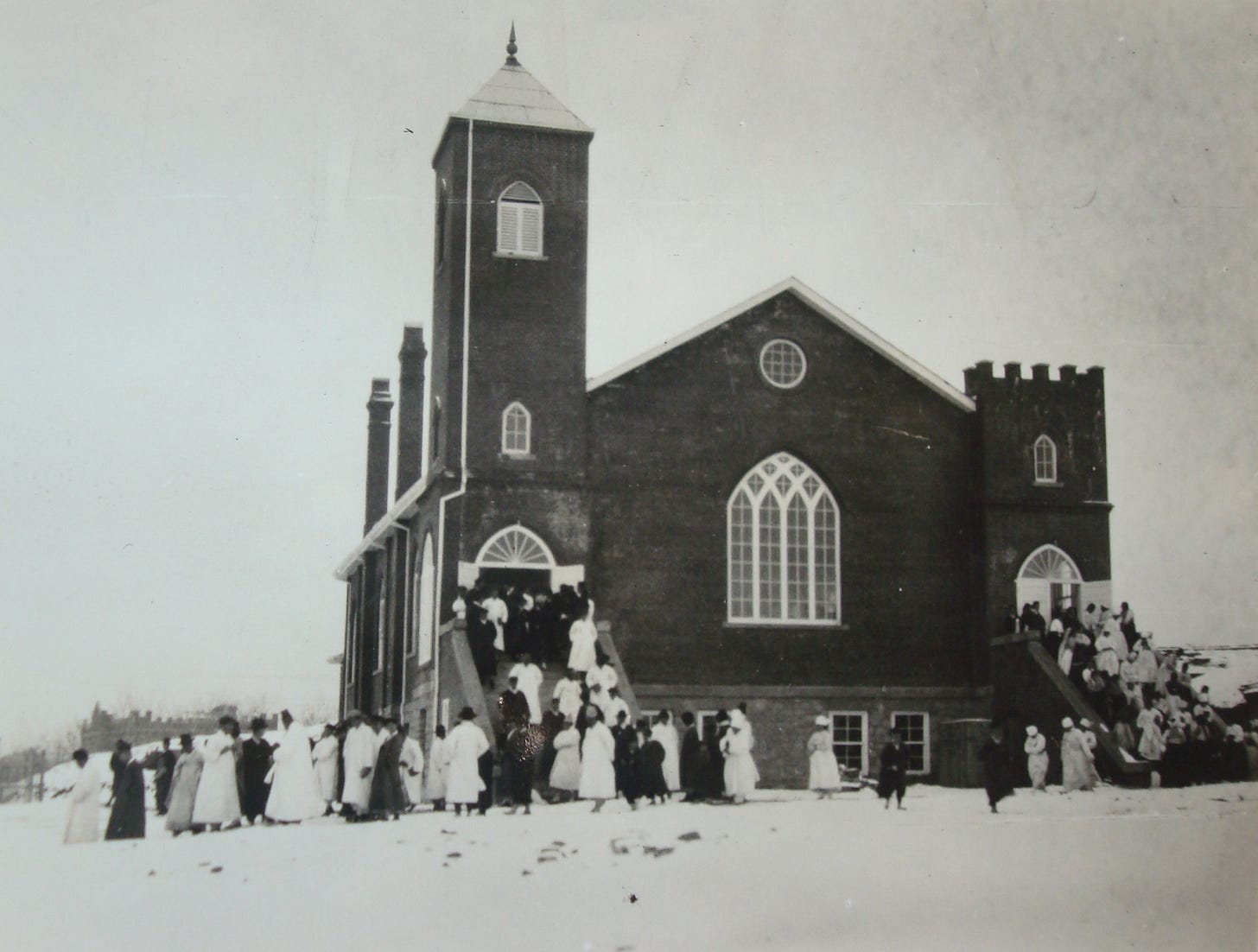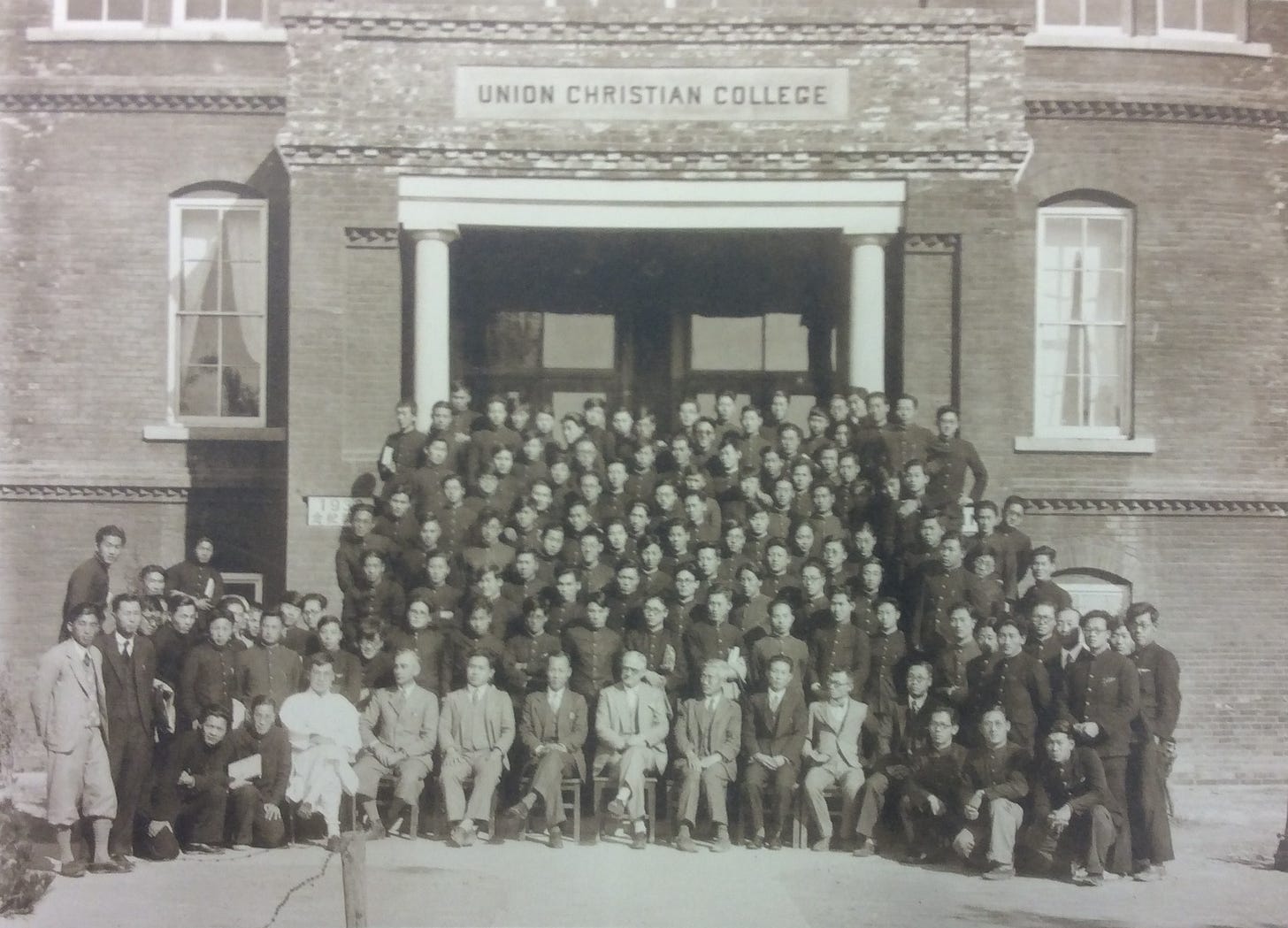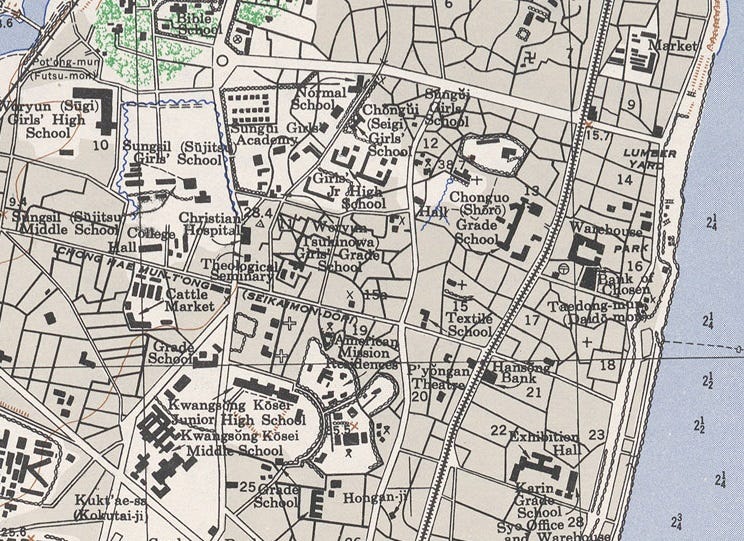
Kim Chang Sei and Lee Chung Sil learned about the United States and American ideals from the American Christian community that lived in Pyongyang from 1895 to 1942. It occupied a prominent location in the center of Pyongyang that is now familiar to Americans as Kim Il Sung Square, the parade ground for the North Korean regime’s ballistic missiles. For almost half a century, American-founded churches, hospitals, and schools on this site brought Christianity, medical science, and education to the people of Pyongyang, opening a window to the West for young men and women such as Kim Chang Sei and Lee Chung Sil.

The American presence in Pyongyang began when three Presbyterian clergymen in Seoul journeyed north to found a mission in Korea’s second largest city in 1895. The small existing Christian presence in Pyongyang grew rapidly in the years that followed. By 1910, the Pyongyang area had more than 60,000 Christians in the Presbyterian Church alone, and Methodists, Catholics, Seventh Day Adventists, and other denominations had made additional converts.

Medical missionaries were part of the Pyongyang mission from its founding in 1895. They immediately saved many lives during a cholera epidemic in 1895, then founded Pyongyang’s first hospital, Moffett Hospital, in 1896. Their hospitals introduced the people of Pyongyang to western medical science and became medical schools that trained many of the first Koreans to enter the medical profession.

When Kim Chang Sei enrolled in the medical school of Severance Hospital in Seoul in 1911, he was following the example of approximately 100 Koreans who had become licensed physicians by then, almost all of them through the medical schools founded by American Christian missionaries.

“Union” was incorporated into the names of the leading religious institutions in Pyongyang because they combined all denominations and nationalities conducting missionary work in Korea. The churches worked separately in most regions of Korea: American Northern Presbyterians and Northern Methodists in northwestern Korea, Southern Methodists in the center, Southern Presbyterians in the south, Canadian Presbyterians in the northeast, Australian Presbyterians in the southeast. In Pyongyang, all denominations and nationalities cooperated, in institutions led by American Northern Presbyterians.

Union Christian College was the crowning institution of the Pyongyang mission. Founded in 1905, it was the first four year college in Korea, preceding by a decade Seoul’s Chosun Christian College, now Yonsei University. Open to Korean Christians of all denominations, it was a magnet for students throughout Korea, north and south. Also known as the Soongsil School, it endured until 1938, after college president Rev. George S. McCune refused to lead the student body in Shinto ceremonies worshipping the Emperor of Japan, which he deemed to violate the Second Commandment. Revived in Seoul after the Korean War in 1954, the school is now known as Soongsil University.


Union Christian College included the Soongsil Academy schools for boys and girls. In the late 1900s, one of the students of the Soongsil school for boys was Kim Hyong Jik, a Presbyterian from the Pyongyang area whose son changed his name to Kim Il Sung and became the totalitarian leader of North Korea.

The American community in Pyongyang numbered in the hundreds in the 1930s but almost disappeared by 1941. The closure of Union Christian College in 1938 and the evacuation of most Americans in Korea in 1940 after a U.S. Department of State warning of impending war with Japan caused the American presence in Pyongyang to fall to no more than a few dozen people by the time that Japan attacked the U.S. fleet at Pearl Harbor. The last 99 Americans in Korea in December 1941 were placed under surveillance by Japanese police and then deported in April 1942, in exchange for Japanese citizens detained in the United States.

American missionaries were not allowed to return to Pyongyang after the Soviet Union occupied northern Korea and made Pyongyang the capital of a Communist satellite state. Its ruler, Kim Il Sung, proceeded to build monuments to himself and his regime on the ground where the Pyongyang mission had once stood. In the 21st Century, North Korea parades its tanks and ballistic missiles through what once was the center of Christianity in Korea and is now known to the world as Kim Il Sung Square. Americans have forgotten that the half century long American presence in Pyongyang—and the Korean Christian community that grew there under American tutelage—ever existed.
For more photos and information about the pre-Second World War American presence in Pyongyang, see these 2018 blog posts:
Union Christian College of Pyongyang, 1905-1938
A Tour of Union Christian College of Pyongyang
Miracle on Ice: The American Ice Hockey Team of Pyongyang
This series previews my upcoming book Victory in Shanghai: A Korean American Family’s Journey to the CIA and the Army Special Forces, whose publication is expected by June 1, 2025. You can pre-order it now through Potomac Books, an imprint of the University of Nebraska Press, at this link, or through your favorite local independent bookseller.
Subscription to this series is free.
If you know anyone who may be interested in this series, please share it with them.




